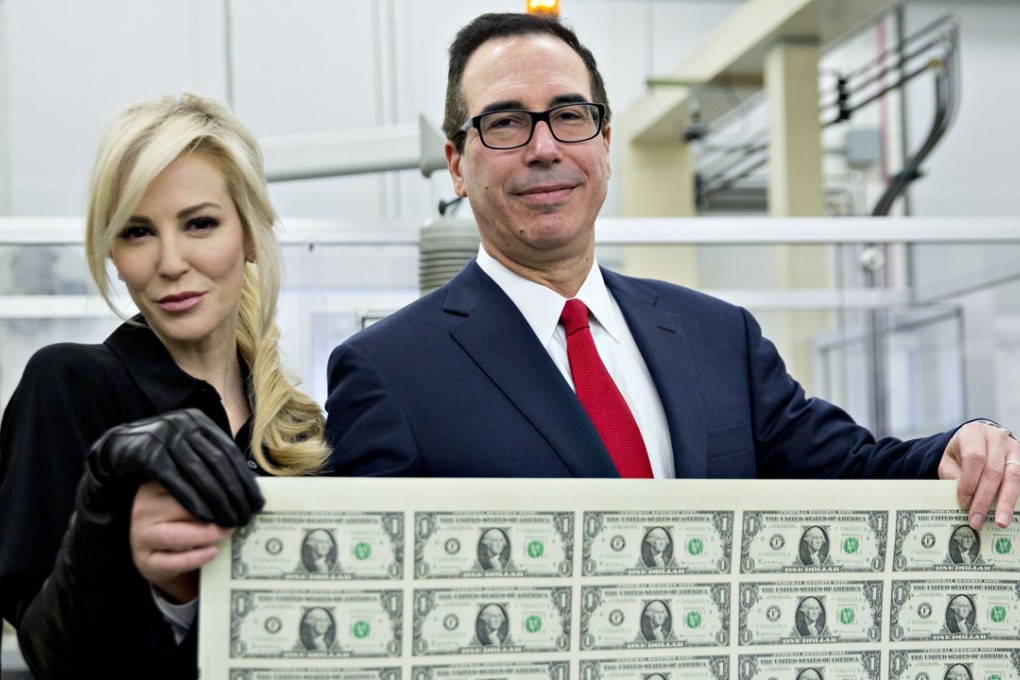Macroscope | China’s brinkmanship over dumping US Treasuries is bound to backfire
Beijing should resist any temptation to link its policy on purchasing US Treasuries to its trade differences with the US

Treasuries, trade and tariffs are a combustible mix at the best of times, but with trade tensions between China and the United States already on the rise, even the suggestion that Beijing could pare, or even stop, its purchases of US government paper should be avoided. It’s simply not in Beijing’s interests to weaponise its holdings of US Treasuries.
In the first place, it’s important to note that it’s not just Washington that has issues about what it perceives as unfair trade practices being employed by China. The European Union (EU) instituted new trade defence rules on December 20.
The accompanying press release from the European Commission stated: “In parallel with the publication of changes to the EU’s anti-dumping legislation, the Commission has today released the first country report envisaged by the new legislation. The Commission selected China for the first report because the bulk of the EU’s anti-dumping activity concerns imports from that country.”
But in the short term, with the possibility that the US may be considering imposing restrictions, including tariffs, on imports of aluminium and steel from China, Sino-US trade tensions are understandably garnering the most attention.
Certainly it’s undeniable that China’s trade surplus with the US has continued to rise. Data released last week by China’s General Administration of Customs showed China’s trade surplus with the US rising 8.6 per cent year-on-year in 2017 to US$275.8 billion, representing 65 per cent of China’s total global trade surplus.
